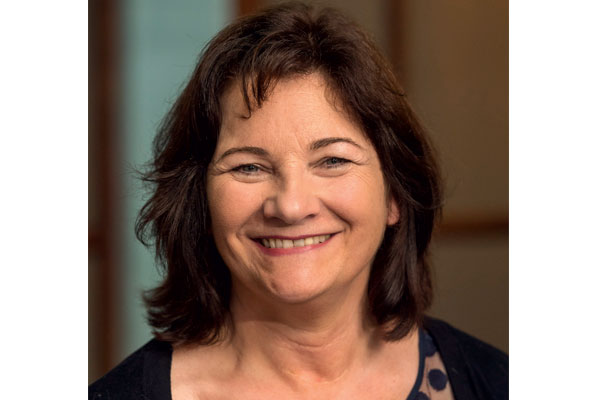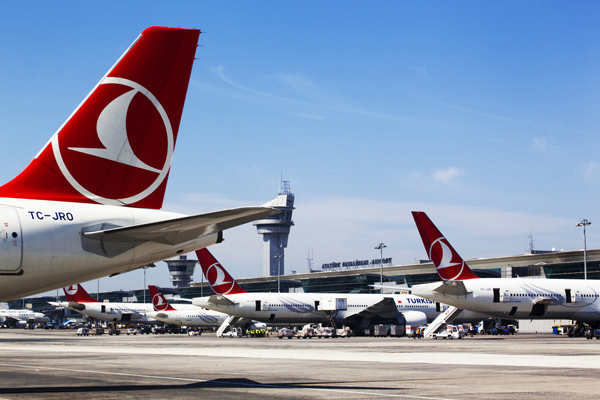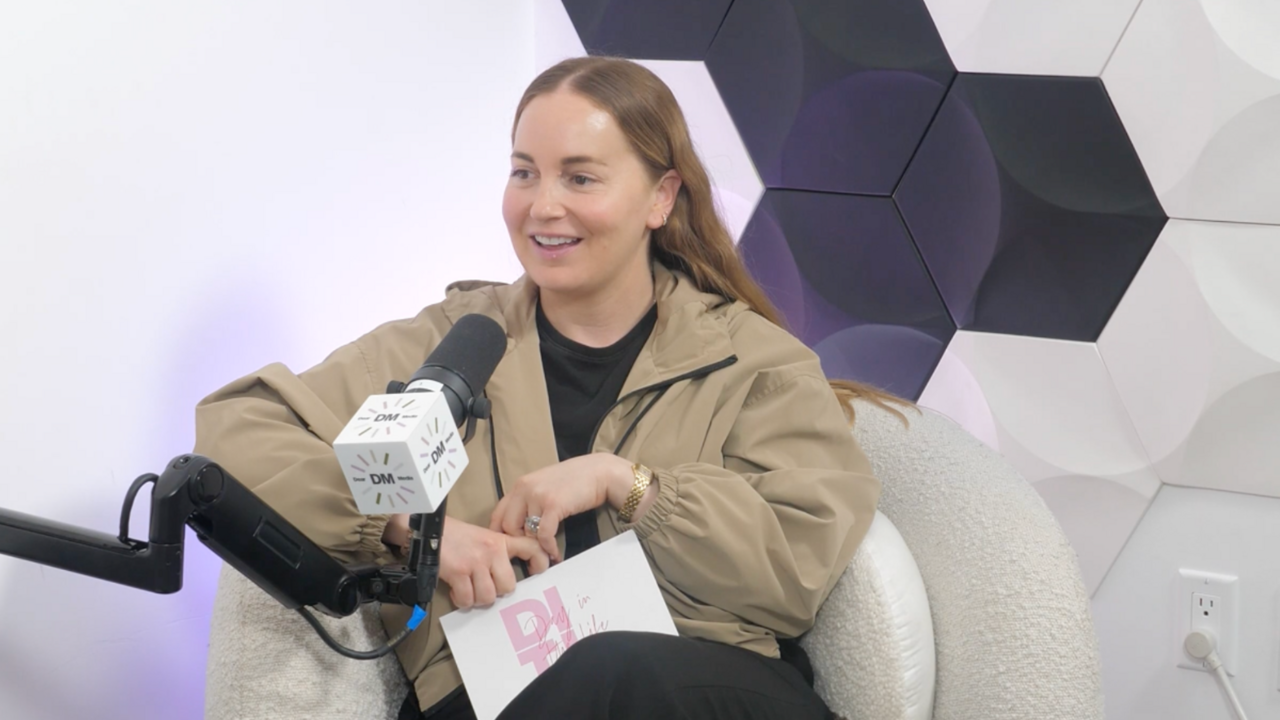Report: 2022 Negotiated U.S. Hotel Rates Could Rise 15 Percent
For those buyers conducting an RFP this year, the average 2022 U.S. corporate negotiated rate could increase 10 percent to 15 percent year over year, predicted industry expert Bjorn Hanson, adjunct professor at the New York University School of...

Much like the 2021 hotel request-for-proposals cycle, this year's negotiation season differs greatly from pre-pandemic ones. Many hotel companies have offered to roll over 2020 rates for a second year, and some buyers—though seemingly not as many as last year—are taking them up on it, with 2021 volume only nominally higher than 2020, and recovery still nascent.
Still, for those buyers conducting an RFP this year, the average 2022 U.S. corporate negotiated rate could increase 10 percent to 15 percent year over year, predicted industry expert Bjorn Hanson, adjunct professor at the New York University School of Professional Studies' Jonathan M. Tisch Center of Hospitality, in his annual analysis. Reasons for the projected increase include restored hotel services, sellers more aggressively addressing financial challenges, and business and group demand recovery—mostly for small and midsize meetings of between 150 to 400 attendees.
Rate Strategies
Hanson said there are four primary approaches for rate negotiations this year: rolling over rates; applying a discount to a defined rate, typically the best available rate, which is dynamic pricing; using a hybrid model based on last year's rate or a discount to the BAR, whichever is lower; and having fewer or almost no negotiated corporate rates and providing guidelines for travelers instead.
"There may be an RFP, but there won't be, 'We'll guarantee 50,000 room nights in these three markets,' " Hanson told BTN. "It won't be for normal volume. It will be more taking dynamic pricing or last year's rates."
Indeed, Hanson in the report estimates that 35 percent to 45 percent of buyers will maintain 2021 rates. He also projects 30 percent to 40 percent will discount to BAR while 10 percent to 15 percent go hybrid and 10 percent to 20 percent will have no negotiated rates.
"One thing to take away from my discussions is that buyers said they hate dynamic pricing and will avoid it because it sets them up for that becoming the model," Hanson said, while adding those buyers also said they don’t have another immediate alternative. "They said, 'As soon as I can stop dynamic pricing, I will.' The risk is getting into a dynamic pricing model, and it being hard to get out of in the future."
Buyer vs. Supplier Market
Though buyers should have had a negotiating advantage last year, most had dramatically less volume and more uncertainty and therefore less information with which to negotiate. Yet Hanson said some travel buyers didn't get as many good deals as they could have—especially for a year in which he anticipated corporate rates could fall by up to 25 percent.
"Some people who would be leading those negotiations and would be aggressive were furloughed," he said. Also, "some buyers said, 'We've been working with this hotel or intermediary for a long time. We'll get a good deal, but we don’t need the best possible deal.' "
He explained that some buyers believed that if they did not take a hard line in negotiations, then neither would hotels when their opportunity came. "They forgot that the first minute [hotels] can raise rates, they will," Hanson said. "Some were very savvy buyers, but some were naïve."
Still, some buyers did negotiate for every last dollar and cut their corporate rate by 40 percent to 50 percent, Hanson said. "They are not the ones who will get the opportunity to hold their rates over for another year," he added.
Negotiation Considerations
Hanson's report notes a few factors buyers should keep in mind when negotiating for 2022.
Much of 2021 occupancy has been concentrated around weekends, which has allowed hotels to shift to higher rate schedules for those limited periods. "But those limited periods represent large shares of accommodated demand." Average daily rate for 2021 is about $25 less than for 2019, or almost 20 percent lower, according to the report.
Further, for some hotels, corporate and group rates in 2021 are lower than leisure rates. With fewer corporate and group rates, overall ADRs have increased because of the mix of demand rather than real increases in room rates.
"When these factors are not fully understood or disclosed, buyers may be using data that lead to misunderstandings about the rate environment, and therefore agreeing to higher negotiated rates," according to the report.
Cancellation policies also are a key factor this year. "Word is getting around that you can negotiate more flexibility," Hanson said. But he added that hotels also are starting to enforce cancellation policies again after allowing more leeway during the pandemic.
An emerging negotiation factor noted in the report is disclosure of and/or commitments for hotel, hotel brand or corporate environmental, social and governance practices. "These can include third-party generated or confirmed environmental reporting, board of director composition, compensation reporting and other matters."
Despite the reduced number of RFPs during the pandemic, Hanson still believes there is value in having a negotiated corporate hotel program. "Buyers have a long list of priorities," he said. "There's the quality of the traveler's experience, price, long-term relationships, locations [and more]. … I think both the buyer and seller sides see great value in negotiated rate agreements. … I've heard some people say that this is the end of negotiated rates, or by 2025 this won't exist anymore. I think there will be a return to a more traditional model with some variations with what has been learned these past two years."

 AbJimroe
AbJimroe 































